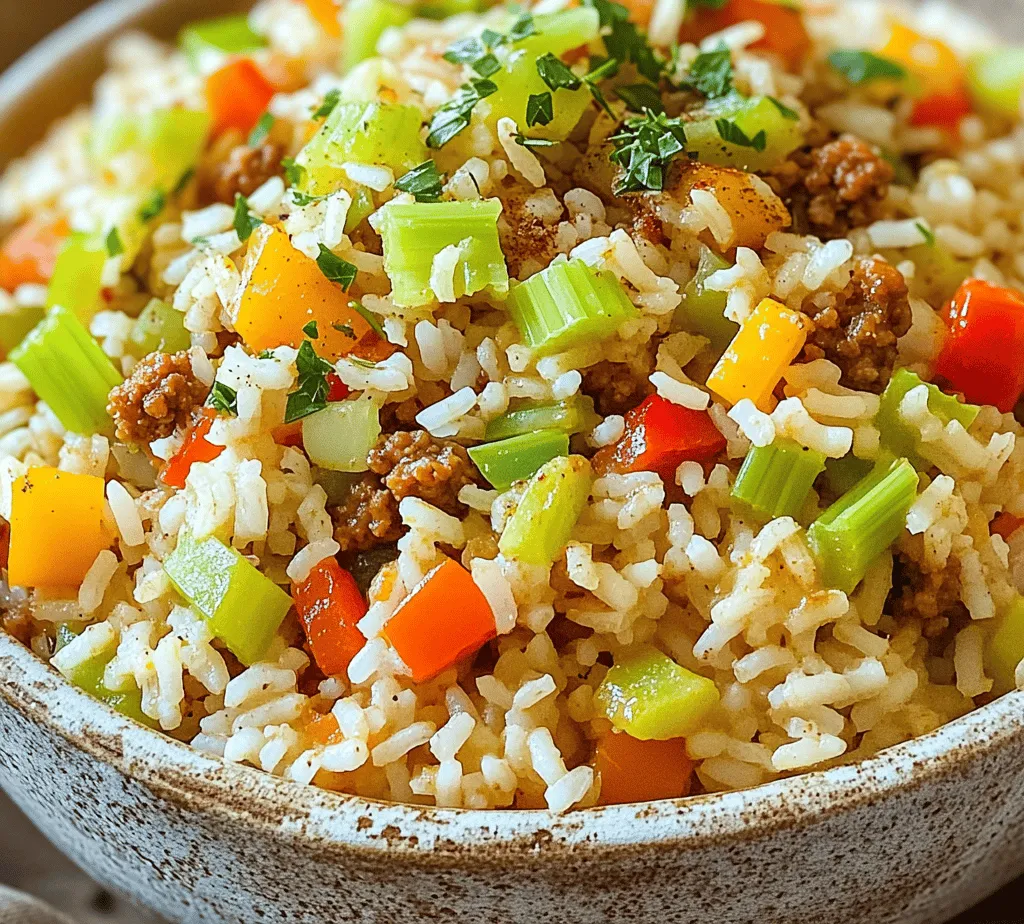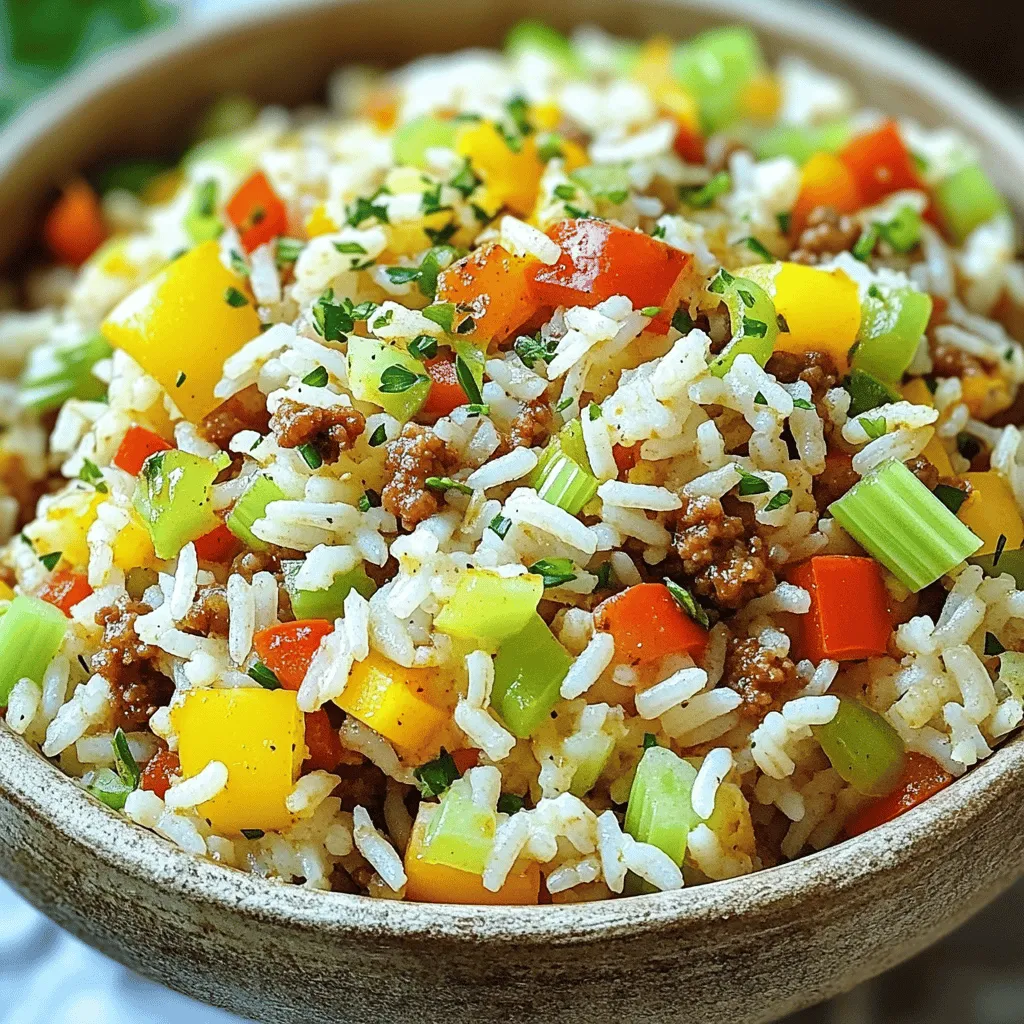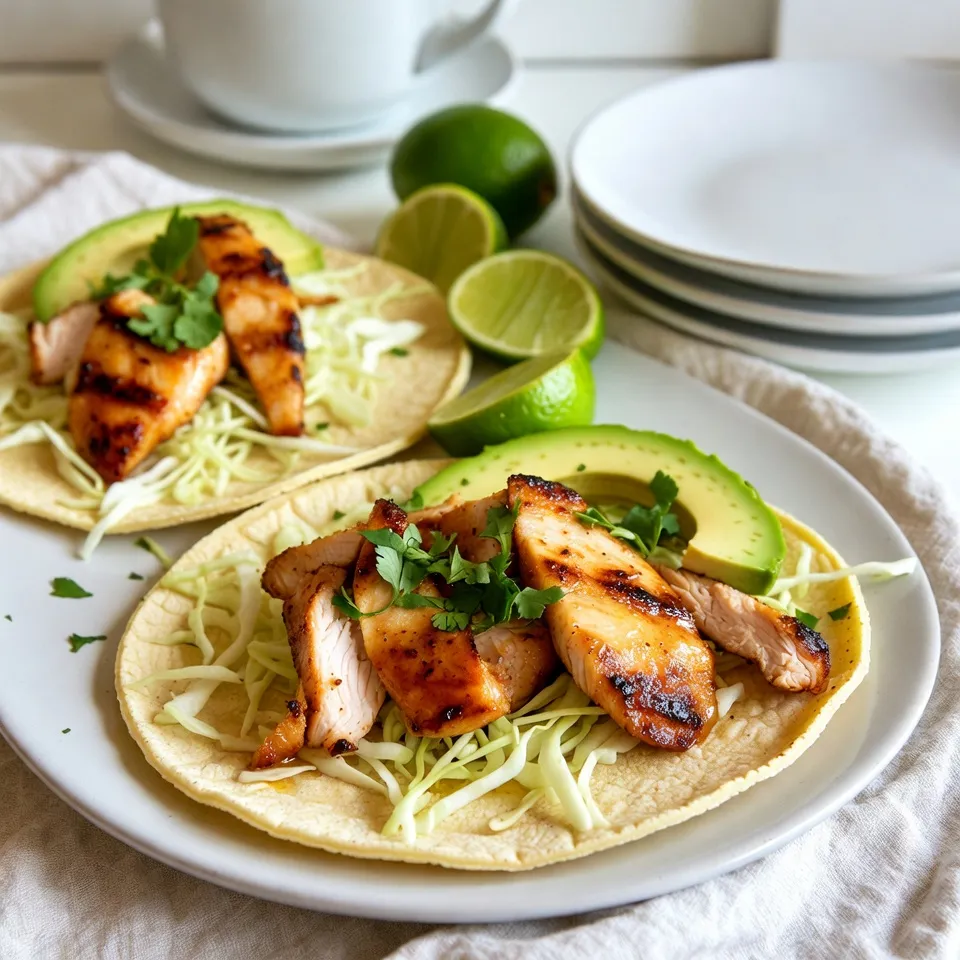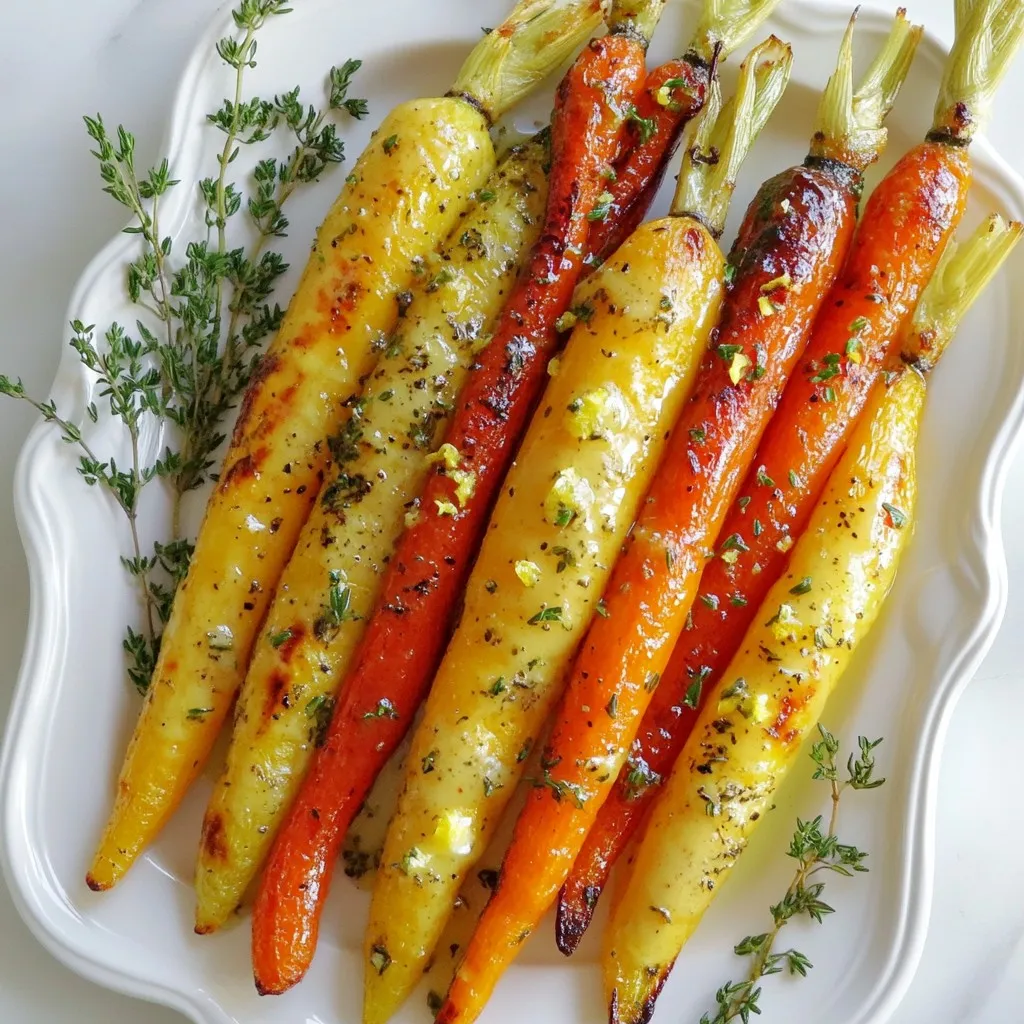Southern cuisine is a vibrant tapestry of flavors, traditions, and history, deeply rooted in the cultural melting pot of the American South. It tells stories of resilience, creativity, and community, showcasing the diverse influences of African, Native American, and European culinary traditions. One dish that embodies the essence of Southern cooking is Dirty Rice, a delightful staple that has won the hearts and palates of many. This one-pot meal, rich in flavor and history, is not only a favorite in homes but also a common offering at gatherings and celebrations.
Understanding Dirty Rice
Dirty Rice gets its name from its unique appearance, as it combines rice with a melange of meats and spices that create a “dirty” hue. Originating in Louisiana, this dish is often associated with Cajun and Creole cooking. It is said to have roots in the rural communities of the South, where cooks would use whatever ingredients they had on hand, transforming leftovers into a hearty and satisfying meal. This adaptability speaks to the resourcefulness of Southern cooks and is a testament to the creativity inherent in culinary traditions.
The cultural significance of Dirty Rice in Southern culinary traditions cannot be overstated. It is a dish that has been passed down through generations, each family adding its own spin to the recipe. Common variations often include different types of ground meats—such as pork, chicken, or turkey—and a variety of spices, reflecting the regional differences and personal preferences of those who prepare it. Some may prefer a spicier version, while others might opt for a milder approach, showcasing the dish’s versatility.
Ingredients Breakdown
To embark on your Dirty Rice journey, it’s important to understand the key components that contribute to its unique flavor and texture. Each ingredient plays a crucial role, and knowing their significance will help you appreciate this comforting dish even more.
– Long-Grain White Rice: The foundation of Dirty Rice, long-grain white rice is preferred for its fluffy texture and ability to absorb flavors without becoming mushy. Its cooking properties allow it to blend seamlessly with the other ingredients, making it the ideal choice for this dish.
– Chicken or Vegetable Broth: Using broth instead of water elevates the overall flavor of the rice. Chicken broth adds a rich, savory depth, while vegetable broth offers a lighter option for those seeking a meat-free alternative. The choice of broth can significantly influence the final taste of your Dirty Rice.
– Vegetable Oil: Essential for sautéing, vegetable oil helps to develop the flavors of the dish. It ensures that the vegetables cook evenly and adds a subtle richness that enhances the overall mouthfeel. While vegetable oil is commonly used, you can also opt for other oils, such as olive or canola oil, depending on your preference.
– Vegetables: The classic trio of onion, bell pepper, and celery—often referred to as the “holy trinity” in Southern cooking—forms the aromatic base of Dirty Rice. Each vegetable contributes its distinct flavor: onions add sweetness, bell peppers provide a hint of bitterness, and celery contributes earthiness, resulting in a balanced flavor profile.
– Ground Meat Options: The protein component of Dirty Rice can vary widely. Ground beef is the traditional choice, offering a hearty and robust flavor. Ground turkey is a leaner alternative that still provides satisfying texture. For a plant-based option, consider textured vegetable protein or lentils, both of which can absorb the dish’s spices beautifully while providing nutritional value.
– Cajun Seasoning and Dried Thyme: These spices are integral to the character of Dirty Rice. Cajun seasoning, a blend of spices including paprika, cayenne, and garlic powder, infuses the dish with warmth and complexity. Dried thyme adds a subtle herbaceous note that complements the other flavors, creating a well-rounded dish.
– Green Onions: Used as a garnish, green onions not only add a pop of color but also a fresh, crisp flavor that brightens the dish. They provide a lovely contrast to the rich, savory elements of Dirty Rice and are a perfect finishing touch.
Preparation Steps
Now that you have a solid understanding of the ingredients, let’s dive into the preparation of this beloved Southern dish. Making Dirty Rice is a straightforward process that rewards you with a comforting meal full of flavor.
1. Prep the Ingredients: Start by gathering all your ingredients. Chop the onion, bell pepper, and celery finely, ensuring they are uniform in size for even cooking. If you’re using ground meat, have it ready and measured out.
2. Sauté the Vegetables: In a large skillet or Dutch oven, heat the vegetable oil over medium heat. Once the oil is shimmering, add the chopped onion, bell pepper, and celery. Sauté the vegetables for about 5-7 minutes, or until they have softened and the onions are translucent. This step is crucial as it creates the aromatic base for your Dirty Rice.
3. Brown the Meat: Push the sautéed vegetables to the side of the skillet, making room for the ground meat. Add the ground meat of your choice to the skillet and break it up with a spatula. Cook until browned and no longer pink, which should take about 5-6 minutes. As the meat cooks, it will absorb the flavors from the sautéed vegetables, enhancing the overall taste.
4. Season the Mixture: Once the meat is fully cooked, sprinkle in the Cajun seasoning, dried thyme, and a pinch of salt and pepper to taste. Stir well to ensure the spices coat the meat and vegetables evenly, allowing them to cook for an additional 1-2 minutes. This step is essential for developing the dish’s signature flavor.
5. Add the Rice: Stir in the long-grain white rice, mixing it with the meat and vegetable mixture until all the grains are coated in the flavors. This allows the rice to absorb the spices and juices during cooking, ensuring every bite is packed with flavor.
6. Pour in the Broth: Pour the chicken or vegetable broth into the skillet, bringing the mixture to a gentle boil. Once boiling, reduce the heat to low, covering the skillet with a lid. Allow the rice to simmer for about 20 minutes, or until the rice is tender and has absorbed the liquid. It’s important not to lift the lid during this time, as the steam is essential for cooking the rice properly.
7. Fluff and Garnish: After the rice has absorbed all the broth, remove the skillet from heat and let it sit for 5 minutes, still covered. This resting period allows the flavors to meld together. Afterward, uncover the skillet and fluff the rice with a fork. Finally, sprinkle the chopped green onions over the top before serving.
With these steps, you will have created a delicious batch of homemade Dirty Rice, a dish that not only fills the belly but also warms the heart. The combination of savory meat, aromatic vegetables, and perfectly cooked rice all come together to create a comforting meal that is sure to become a favorite in your household.
In the next section, we will explore some tips for achieving the best results with your Dirty Rice, as well as answer common questions about this beloved dish. Stay tuned for more insights into this Southern classic!

Rinsing the Rice: Importance of Removing Starch
Rinsing the rice is a crucial step in making Savory Southern Dirty Rice. This process helps remove excess starch, which can make the rice gummy and clump together during cooking. To rinse the rice effectively, place it in a fine-mesh strainer or a bowl. Rinse it under cold running water, swirling it gently with your hand to ensure that all grains are washed thoroughly. Continue rinsing until the water runs clear, indicating that most of the starch has been removed. This simple step is essential for achieving fluffy, well-separated grains that will absorb the rich flavors of the dish without becoming mushy.
Cooking the Rice: Techniques for Achieving Perfect Texture
Once the rice has been rinsed, it’s time to cook it. The key to perfect rice lies in the water-to-rice ratio and cooking technique. For long-grain white rice, the general rule is to use a 2:1 ratio—two cups of water for every cup of rice. Bring the water to a boil in a large pot, then add the rinsed rice and a pinch of salt. Stir briefly to prevent sticking, then reduce the heat to low, cover the pot, and let it simmer for about 18-20 minutes. Avoid lifting the lid during cooking, as this releases steam and can affect the final texture.
After cooking, remove the pot from heat and let it sit covered for an additional 5-10 minutes. This resting period allows the rice to finish cooking and absorb any remaining moisture. Finally, fluff the rice with a fork before combining it with the other ingredients for your Dirty Rice.
Sautéing the Vegetables: Tips for Optimal Sautéing to Enhance Flavors
Sautéing the vegetables is an integral part of making Dirty Rice. The right technique can enhance the flavors and create a fragrant base for the dish. Begin by selecting a mix of aromatic vegetables, such as onions, bell peppers, and celery, which are commonly referred to as the “Holy Trinity” in Southern cooking.
Heat a few tablespoons of oil in a large skillet over medium heat. Once the oil is shimmering, add the chopped onions, bell peppers, and celery. Sauté the vegetables for about 5-7 minutes, stirring occasionally, until they become tender and the onions are translucent. To elevate the flavor, consider adding minced garlic and a pinch of salt about halfway through the cooking process. This will help to release the garlic’s essential oils and infuse the mixture with savory goodness.
Browning the Meat: Ensuring the Right Texture and Flavor
Browning the meat is essential for developing depth in the flavor of your Dirty Rice. Depending on your preference, you can use ground beef, pork, chicken, or even a plant-based alternative. Start by heating a bit more oil in the same skillet used for the vegetables. Once the oil is hot, add the meat and break it up with a spatula.
Cook the meat until it’s browned and no longer pink, about 5-7 minutes. For added flavor, season the meat with spices such as Cajun seasoning, black pepper, and a dash of cayenne for heat. This not only enhances the flavor but also creates a delicious crust on the meat that adds an additional layer of taste to the dish.
Combining Ingredients: How to Properly Integrate Rice, Meat, and Vegetables for the Best Results
Once the meat is browned and the vegetables are tender, it’s time to combine all the components of your Dirty Rice. Add the cooked rice to the skillet along with the meat and vegetables. Gently fold everything together until the rice is well-incorporated and evenly coated with the flavors from the meat and vegetables. If the mixture seems dry, you can add a splash of chicken stock or water to help moisten it.
To finish, allow the mixture to cook together for an additional 5 minutes. This step enables the rice to absorb the rich flavors of the meat and vegetables, creating a cohesive and flavorful dish. Taste and adjust the seasoning as needed, adding more salt, pepper, or Cajun spice to suit your preference.
Cooking Techniques for Perfect Dirty Rice
Importance of Timing: How to Manage Cooking Times for Rice and Meat
Timing is everything in cooking, especially when preparing dishes like Dirty Rice. To ensure that your rice, meat, and vegetables all cook perfectly, it helps to plan ahead. Start cooking the rice first, as it takes the longest. While the rice cooks, you can prepare the vegetables and brown the meat. This approach allows you to seamlessly bring everything together without overcooking any component.
Tips for Avoiding Overcooked Vegetables and Undercooked Meat
To avoid overcooked vegetables, keep an eye on their texture while sautéing. They should be tender but still have a slight crunch. If you find that the meat is cooking faster than the vegetables, you can remove the vegetables from the skillet and set them aside until the meat is browned. This technique ensures that everything is perfectly cooked without compromising the quality of any ingredient.
The Role of Resting the Rice: How It Affects Texture and Flavor Absorption
Resting the rice is a game-changer for the texture and overall flavor of your Dirty Rice. Allowing the rice to sit after cooking helps it firm up and prevents it from becoming mushy when mixed with the other ingredients. This resting period also allows the rice to absorb any flavors in the skillet, enhancing the overall taste of the dish.
Nutritional Information
Savory Southern Dirty Rice is not only a delicious comfort food but also offers a balanced nutritional profile. A typical serving contains carbohydrates from the rice, protein from the meat, and vitamins from the vegetables. The dish can be easily adapted to suit various dietary preferences. For instance, using lean turkey or chicken can reduce fat content, while substituting the meat for a plant-based alternative can make the dish vegetarian or vegan-friendly.
Incorporating a variety of colorful vegetables can also enhance the nutritional value, providing essential vitamins and minerals. By balancing the meal with nutritious ingredients, you can enjoy a satisfying and wholesome dish that doesn’t compromise on flavor.
Serving Suggestions
Savory Southern Dirty Rice is a versatile dish that pairs well with various side dishes. Traditional accompaniments such as cornbread or collard greens not only complement the flavors but also enhance the overall Southern dining experience. For those looking to keep it light, a simple green salad can provide a refreshing contrast to the hearty rice.
When it comes to presentation, serving Dirty Rice in a large bowl garnished with fresh herbs like parsley or green onions can make for an appealing plate. You can also consider adding a squeeze of fresh lemon or lime juice to brighten the flavors just before serving.
If you happen to have leftovers, Dirty Rice stores well in the refrigerator for up to four days. To reheat, simply place it in a skillet over medium heat, adding a splash of water or broth to prevent it from drying out. This dish also freezes well, making it a convenient option for meal prepping.
Conclusion
In summary, Savory Southern Dirty Rice is a simple yet deeply satisfying dish that captures the essence of Southern cooking. Its rich flavors, combined with the comforting texture of perfectly cooked rice, make it a family favorite. Whether you stick to the classic recipe or explore your own variations, this dish has the potential to bring comfort and joy to your table.
Don’t hesitate to experiment with different ingredients and seasonings to make this dish your own. Dirty Rice truly embodies the spirit of Southern cuisine, inviting you to explore flavors and traditions that have been cherished for generations. Enjoy the process of cooking, and relish the delightful aromas that fill your kitchen as you create this comforting meal.

.png)


